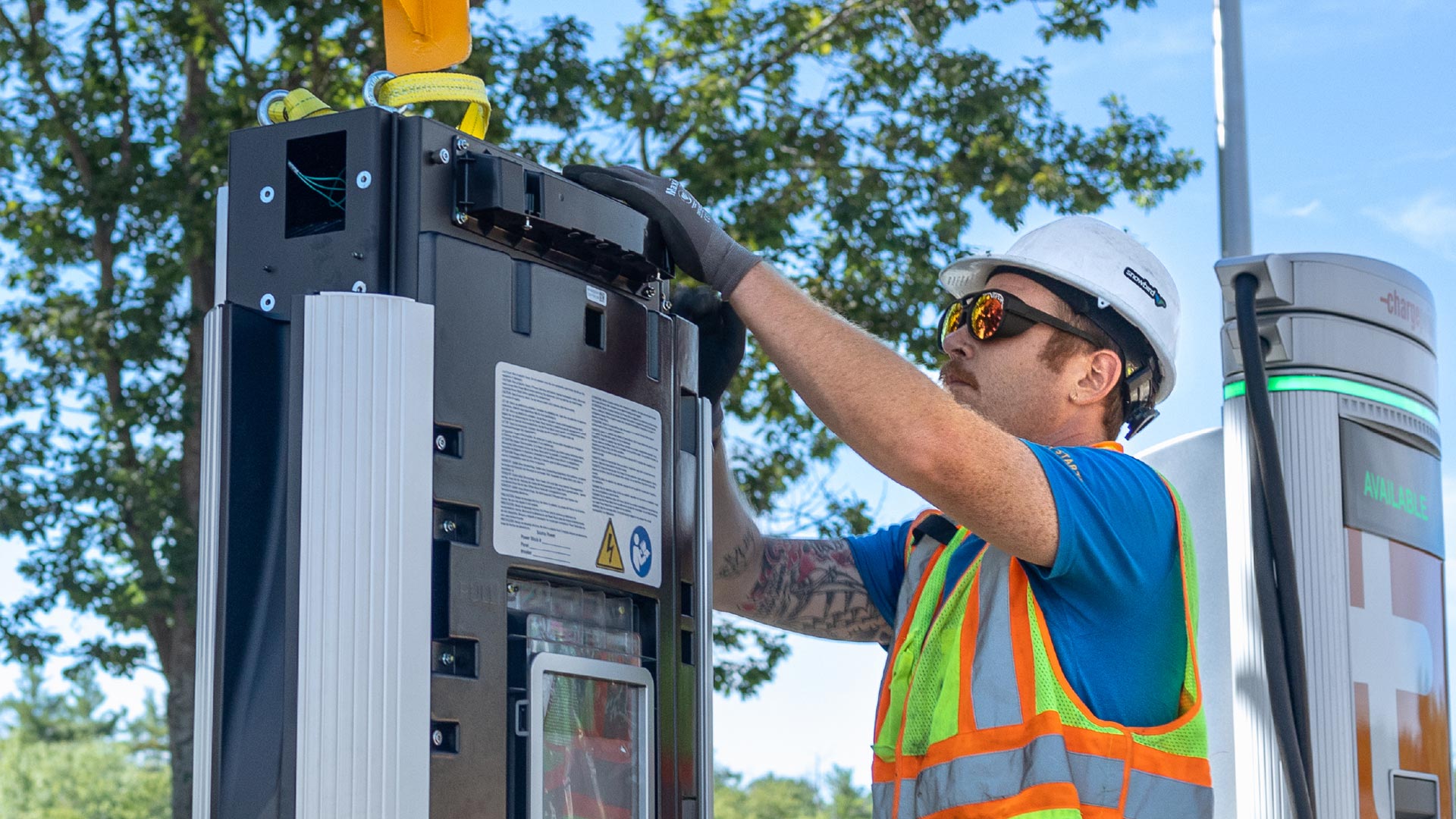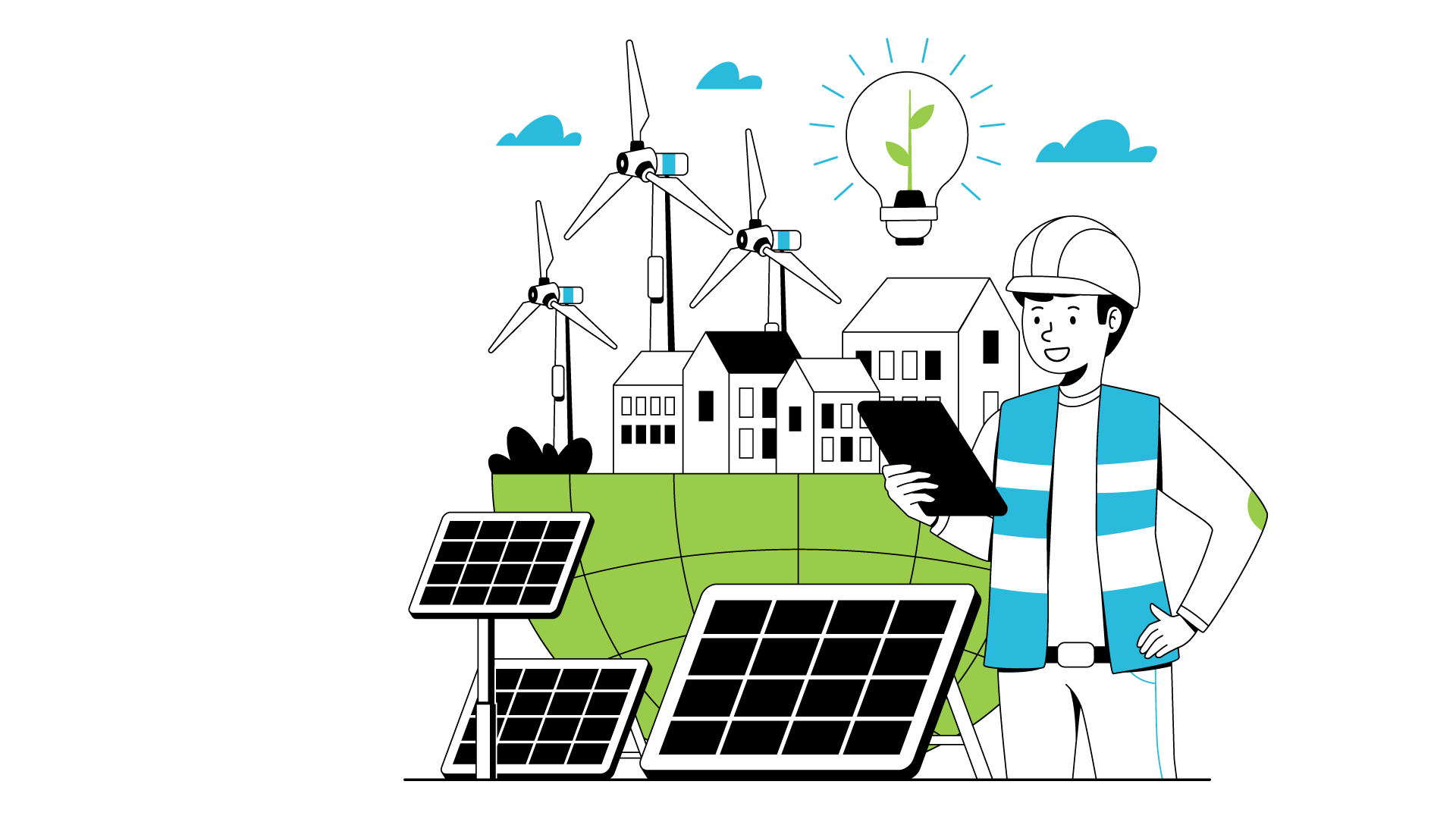Posted: June 28, 2023
By: Editorial Team
We are all trying to do more with less—less money, less labor, less stress. And while we’re all feeling that crunch, there are solutions built to solve these problems.
Take 5 minutes to learn about the benefits of using simple, scalable wireless lighting control systems, and it could save you 5 days of headaches (ok—that’s a guess, but you get the point).
Wireless lighting controls, like Lutron’s Vive system, are a perfect fit for new and existing commercial buildings.
1. Save Time
Wireless lighting control systems, on average, install 70% faster than wired control solutions! A switch and a sensor can be installed in as little as 15 minutes (no new wiring required), and wireless devices can be mounted to any surface without cutting holes or running wire.
Are you a contractor? We know labor shortage is a huge concern. Vive allows you to complete jobs quicker, providing opportunities for efficiency and ultimately, business growth.
2. Adapt, on the Fly
With Vive, you can adapt on the fly, saving time and money. Do you need occupancy sensing, dimming, or scheduling capabilities? With wireless lighting controls, you get that and more, including the ability to seamlessly integrate with other building management systems and remote operation and monitoring.
Are you a contractor? Easily make changes in the field and add additional devices wherever necessary. And forget about the headaches associated with trying to get wires in and around glass walls, existing masonry, or any scenario where running wires would be costly or complicated.
One system with all your needs met. That’s a win.
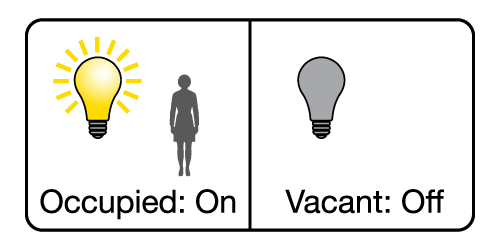 |
Occupancy/vacancy sensing turns lights ON when occupants are in a space and OFF when they vacate the space. |
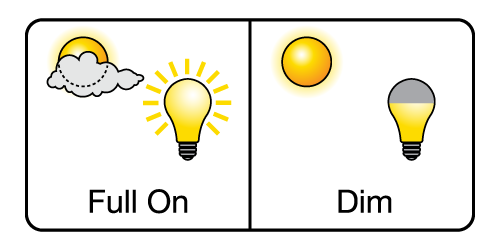 |
Daylight harvesting dims electric lights when daylight is available to light the space. |
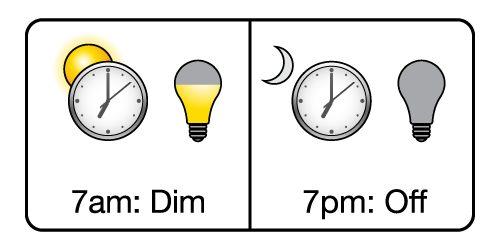 |
Scheduling provides pre-programmed changes in light levels based on time of day. |
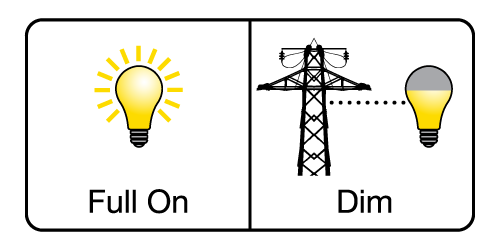 |
Demand response automatically reduces lighting loads during peak electricity usage times. |
 |
Plug load control automatically turns off loads after occupants leave a space. |
 |
High-end trim sets the maximum light level based on customer requirements in each space. |
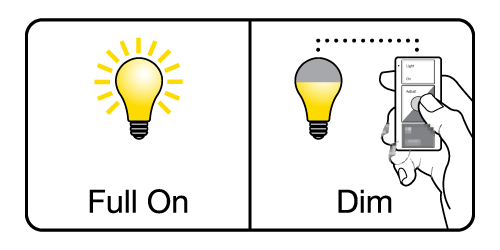 |
Personal dimming control gives occupants the ability to adjust the light level. |
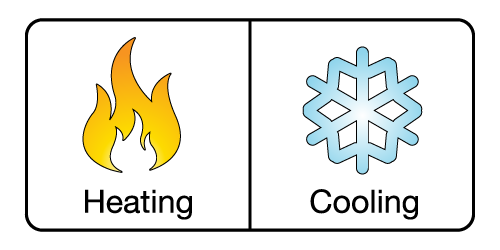 |
HVAC integration controls heating, ventilation, and air conditioning systems through contact closure or BACnet protocol. |
3. Scalability
Wireless lighting control systems are easier to scale and expand compared to their wired counterparts. Adding new control devices typically involves minimal installation effort and can be done without significant disruption—perfect for many applications, such as hospitals, educational facilities, and data centers.
Start by adding control in a single space and expand as budgets and occupant schedules allow without reprogramming or replacing existing equipment. Control can be independent on each floor/building area or linked via wireless hubs.
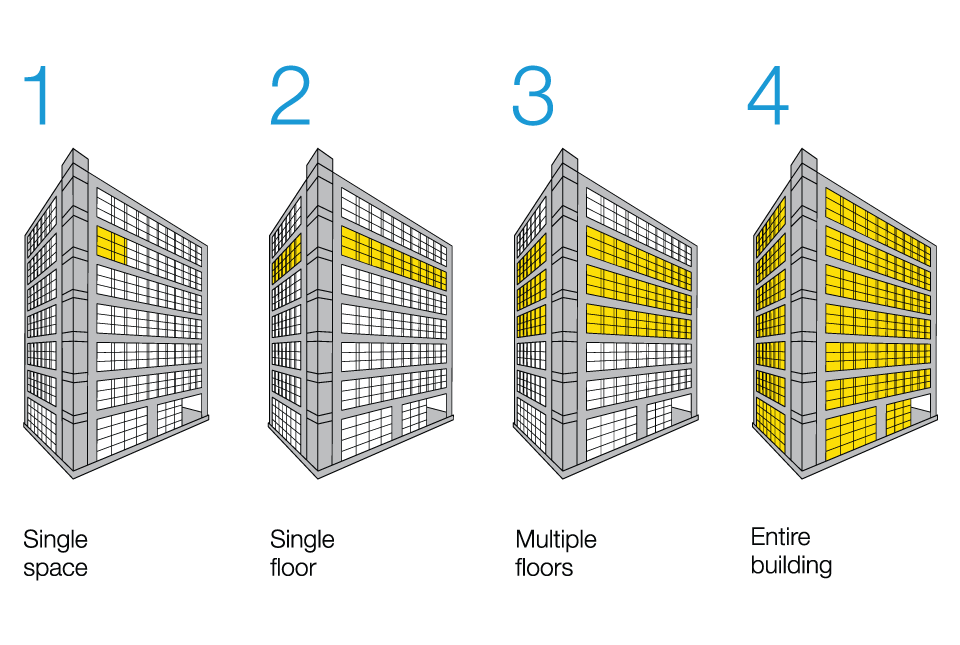
Design & Install Vive in 5 Simple Steps
The wireless lighting control solution from Vive is a perfect fit: it’s easy to set up and simple to use. These five simple steps will have you connected and controlling the system from any smart device in minutes.
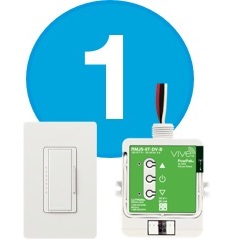
Choose dimming and/or switching controls
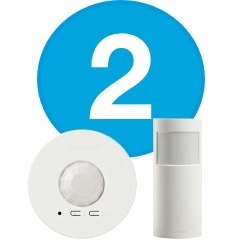
Choose a wireless occupancy/vacancy sensor
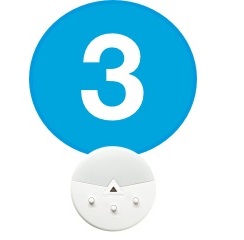
Add a wireless daylight sensor
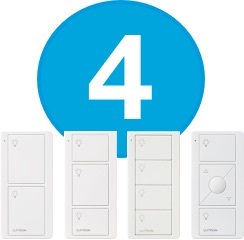
Choose Pico wireless remotes for personal control
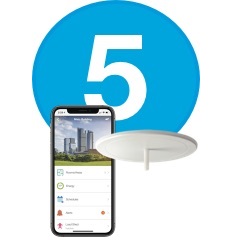
Add optional intelligence
Your Commercial Lighting Partner
Lighting remains one of the most critical areas of design, a medium with the potential to inspire, empower, and sell. Contact us online or call 800.686.6351 to learn how Loeb’s expert services, including professional project management and inventory management, can help you achieve your goals, on time and on budget.
Speak with lighting & electrical distribution experts today.

